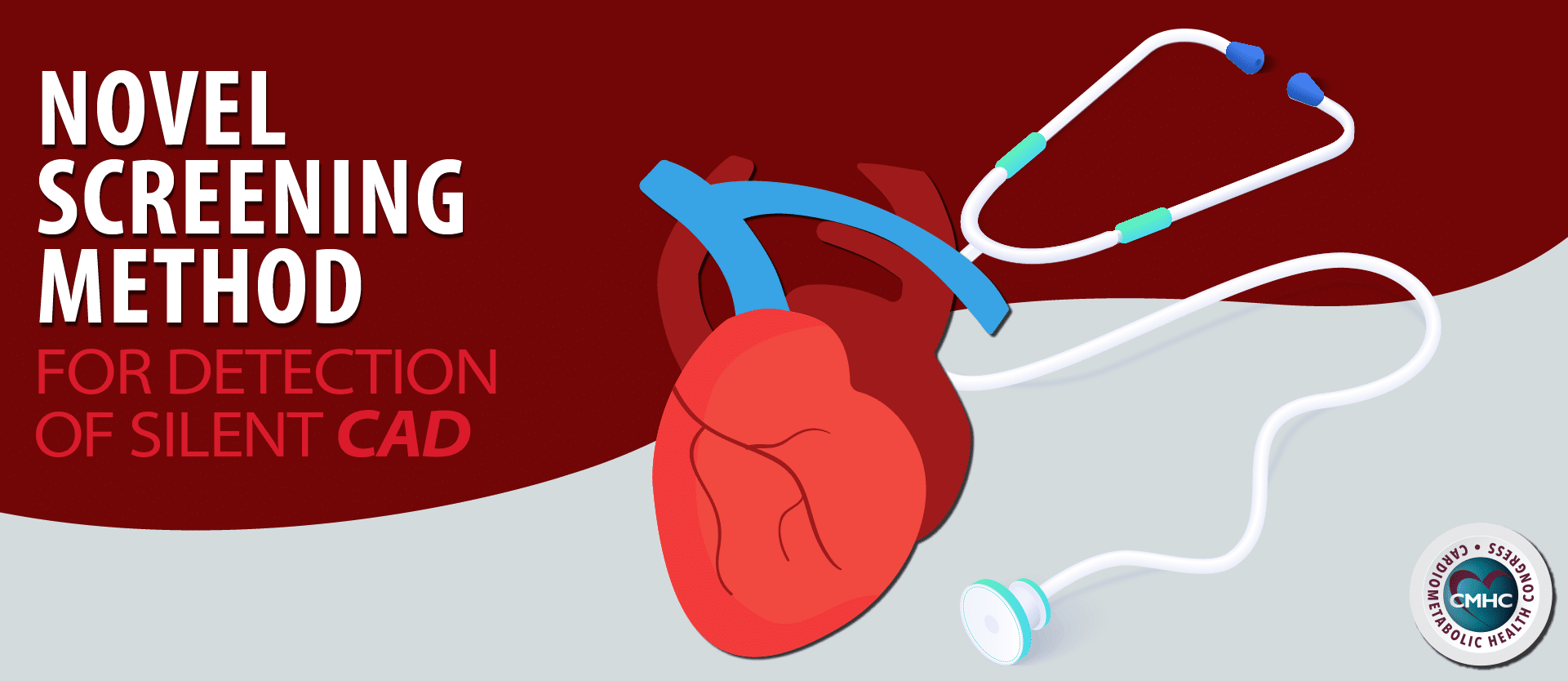Cardiopulmonary diseases, such as coronary artery disease (CAD), remain as one of the major causes of death worldwide. Despite advancements in technology and research, currently recommended strategies for prevention and diagnosis have not been updated in recent years to better serve the needs of the population, which often lives unaware of the condition. New data reveals how strikingly common silent coronary artery disease is among the general population, with over 40% of healthy study participants experiencing subclinical coronary artery disease as well as a new technique that can be used to better diagnose such patients.
Updating Screening Methods
In an attempt to investigate potential novel screening methods for coronary artery disease, a team of researchers distributed a screening questionnaire developed to help identify those at risk for CAD to over 25,000 Swedish patients without cardiovascular issues. Participants also underwent coronary CT angiography (CCTA) to determine their heart health status. The study’s authors developed two prediction models: one relied on the assessment of risk factors and waist circumference measurements conducted by patients at home, and another more precise “clinical” model.
“The buildup of plaque does not cause symptoms in the early phases of atherosclerosis yet may lead to reduced blood flow to the heart and result in a heart attack,” lead study author Goran Bergström, MD, PhD, of Sahlgrenska Academy at Gothenburg University in Sweden said in statement. “We investigated whether a personalized screening strategy using data easily measured at home could predict which patients are at high risk of developing heart disease.”
Silent CAD Prediction Models
Both models appeared to readily identify people who would benefit from further cardiovascular screening. Silent coronary artery disease was common in the cohort with 42% of participants presenting with plaque in their coronary arteries. The researchers reported that approximately four in 10 people, aged between 50 and 64, had subclinical coronary artery disease and about one in 20 presented with serious CAD, with at least one coronary vessel with a minimum of 50% stenosis.
The home prediction model aptly identified at-risk patients; 30% of patients who scored the highest on the home questionnaire accounted for 67% of all patients with disseminated CAD detected using CCTA.
A higher prevalence of atherosclerosis was observed in men and in older patients, per Dr. Bergström. In addition, the researchers also reported the highest frequency of plaques detected in the proximal left anterior descending coronary artery, regardless of sex and severity of disease.
Bergström and colleagues’ study was the first ever to utilize the CCTA imaging technique in a large population sample; it also provides compelling evidence for the use of screening questionnaires prior to clinical visits to further assess patient risk for silent coronary artery disease. As atherosclerosis is widespread and can easily be predicted with a series of simple questions, the latest findings lay the foundation for the development of home-based screening strategies aimed at combating cardiovascular disease.
The use of CCTA technology only in those with high clinical risk profiles requires prospective validation, including the assurance that all prognostically significant non-obstructive CAD is detected so as to ensure that this at-risk group is not under-treated. Once the latest findings are validated prospectively, randomized clinical trials will be needed to determine if such an approach could be employed to improve outcomes and provide a more cost-effective solution over current medical care strategies.


















